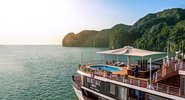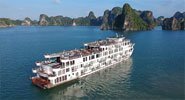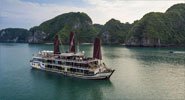Explore The Halong Bay's Cultural Values
Halong Bay has always played an important role in Vietnamese history and is highly valued as a culturally significant area for the Vietnamese people.
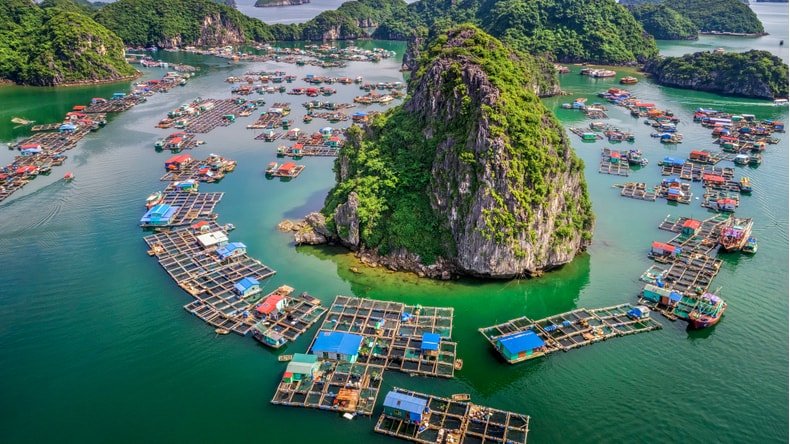
A Lifetime on the Sea
Halong Bay's 1,600 inhabitants live primarily on four floating fishing villages named: Ba Hung, Vung Vieng, Cua Van, and Cong Tau. Originally established in the early 19th century as a marketplace for fishermen to sell their daily catches, these floating villages evolved into residences for many fishermen and their families. The community largely remained in these floating villages, although there was a significant disruption during the First Indochina War from 1946 to 1954 (Source). In 2025, while the villagers primarily sustain their livelihoods through the flourishing tourism industry that characterizes Halong Bay, these villages retain their charm as serene and unique destinations.
Historical Trade
In the 12th century, Van Don port in Halong was the busiest port in Northern Vietnam. It attracted foreign traders from distant lands, eager to exchange delicacies from their homelands. The strategic arrangement of rocky islands created lagoons and canals, offering safe mooring for their vessels. Halong’s prominence as a trading hub made it the access point for foreign spices and silks entering Vietnam. Although no longer a major seaport, modern Halong Bay thrives on tourism, which has become the primary source of business.
A Royal Touch
Bai Tho Mountain stands as one of the tallest mountains in Halong City, Quang Ninh. In the 15th century, a poem composed by the esteemed Emperor Le Thanh Tong was inscribed on a cliff of this magnificent peak. In English, "Bai Tho" translates to "The Mountain of the Poem." Offering breathtaking views, the trek to the summit takes about 1.5 hours, making it a popular spot for both tourists and locals alike.
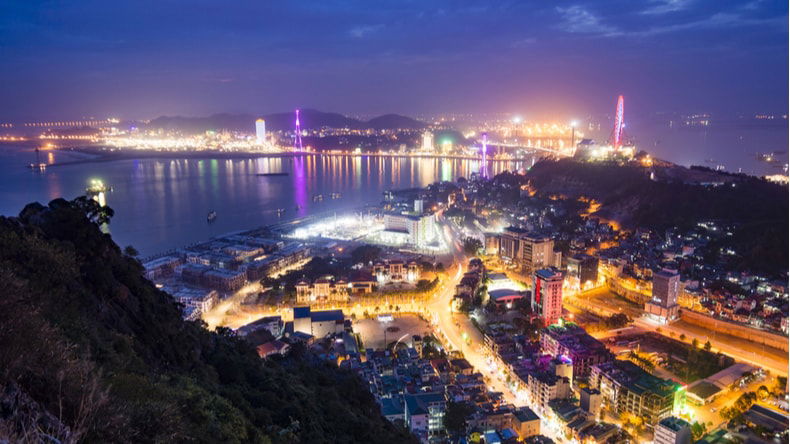 Halong City, a night view from Bai Tho Mountain.
Halong City, a night view from Bai Tho Mountain.
Naval Victory
Located on the western side of Halong Bay is Bai Chay, which has grown into a popular beach resort in Quang Ninh province. Historically, however, Bai Chay holds a different significance. It was here that the Tran Dynasty achieved a notable victory against Mongol forces by igniting their treasured fleet. Another celebrated success occurred at the ancient Dau Go Cave, where Grand Prince Tran Hung Dao scored a monumental triumph on the Bach Dang River.
Vietnam's storied history is rich with military confrontations, yet Halong Bay has consistently remained a steadfast beacon through the ages. It is this military heritage that perhaps fosters the Vietnamese people’s appreciation for the enduring natural treasures of Halong Bay.


